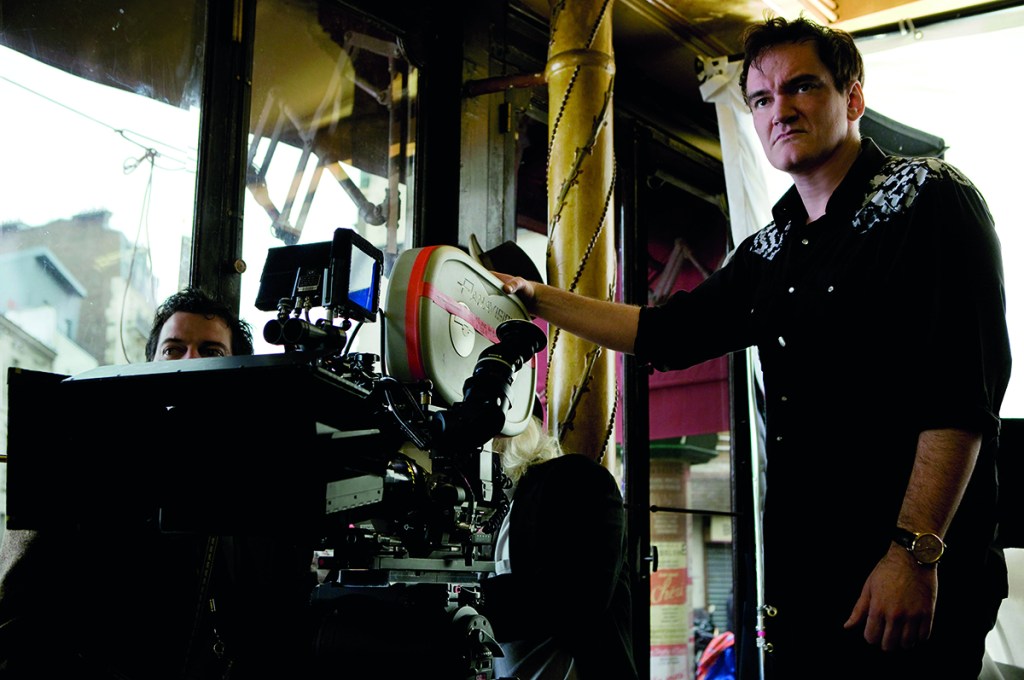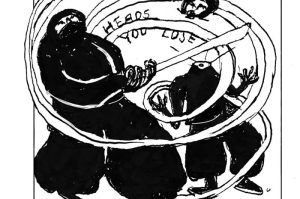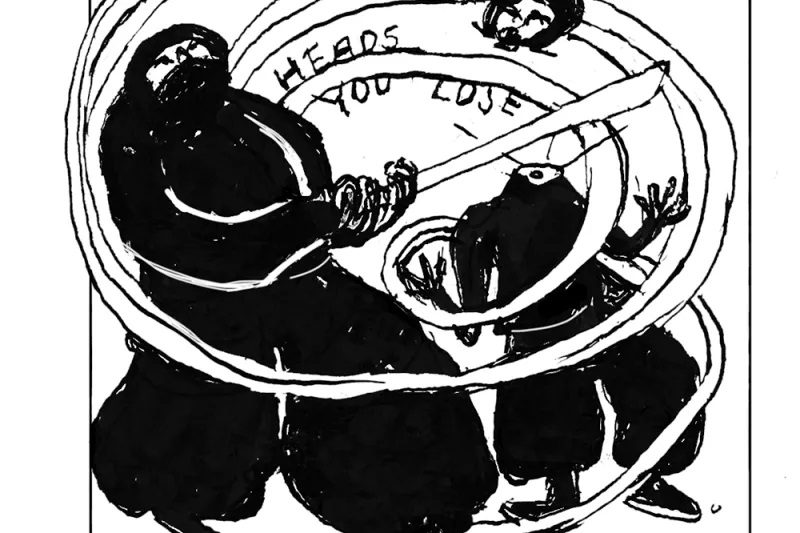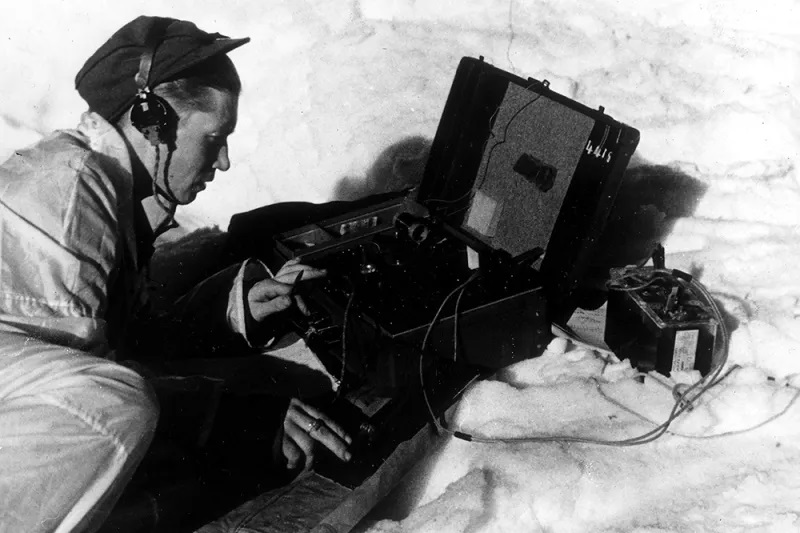Quentin Tarantino’s inevitable first volume of film writing presents a challenge: how can an established artist, especially one this famous, pivot to criticism? No matter how insightful his opinions, it runs the risk of merely illuminating what he values as a filmmaker. To his credit, Cinema Speculation doesn’t pretend it’s not taking you through a highly personal journey of one man’s cinematic obsessions.
The tone isn’t too far off from the hundreds of interviews he’s given for thirty years. References to his own films are common, and unlike serious critics, he can pepper his criticism with quotes from sources he can call at any time — from critics (Elvis Mitchell) to filmmakers (Walter Hill) to miscellaneous others (Robert Wuhl). If you’re like one of the countless fans who sought out excellent grindhouse fare like Five Fingers of Death and Thriller: A Cruel Picture because he advocated for them in interviews, this will feel like a long letter from an old friend.
In a series of mostly chronological essays, the book covers formative films from 1968’s Bullitt (released when Tarantino was five) to 1981’s The Funhouse, which came out just shy of his eighteenth birthday. Anecdotes throughout the book make it clear how many adult-oriented films he saw at a tender age. He saw thousands of films before adulthood, at Los Angeles theaters and Tennessee drive-ins he remembers with spooky detail. Now that his flashy imitators have been lost to time, and he’s become an elder statesman to younger cinephiles, Tarantino has crafted a small canon of cinematic violence. It includes accepted masters (Martin Scorsese, Brian De Palma, Don Siegel) and less-heralded geniuses (Tobe Hooper, John Flynn).
The two biggest outliers are pieces on Peter Bogdanovich’s stately flop Daisy Miller and Sylvester Stallone’s oddball directorial debut Paradise Alley, neither of which makes me eager to revisit them, but fascinate me in terms of Tarantino’s identification with their auteurs.
When it comes to his opinions on specific movies, he has learned from his idol Pauline Kael to be clear, incisive and unapologetic — whatever the prevailing opinion. He certainly knows his fans get a lot out of arguing with his provocations, and this book has plenty. Is Taxi Driver, a film he worships and adores, really best enjoyed with a cackling urban audience used to schlock like Death Wish? Maybe. Is the bloated Rocky II superior to the masterful Rocky and the wonderfully cartoonish Rocky III, or did Tarantino see it under optimal conditions as a cheering teenage Stallone fan? The latter. Flynn’s Donald Westlake adaptation The Outfit, which I recently saw for the first time at Tarantino’s New Beverly Cinema, indeed kicks unholy amounts of ass, but was it necessary to trash John Boorman’s even better Point Blank as a “non-entity” reminiscent of bad TV? No. Is Hitchcock’s Frenzy “a piece of shit”? Not at all.
I quibble with his dismissal of the 1980s as a “cinematic wasteland,” but when he provides a list of the era’s movies that appealed to him, it made me want a sequel in which he explores his alternate history of subversive multiplex flops. I dream that someday I’ll read his pieces on the lurid, Oliver Stone-scripted insanity of Year of The Dragon and 8 Million Ways To Die.
But even the stuff I disagree with leads to a portrait of the artist as a geeky iconoclast. I found myself entertained on nearly every page; from his nuanced take on the politics and artistry of Dirty Harry, a film which told Nixon’s silent majority they were right to be “aggressively reactionary,” to his careful reading of the social dynamics at play in Deliverance, to a terrific little history of the making of Sam Peckinpah’s The Getaway, where he sticks up for Ali MacGraw’s under-appreciated movie-star performance.
My favorite review is a reading of Tobe Hooper’s magnificent The Funhouse, which posits a perverse undercurrent of near-incestuous sexual violence. Just as compelling are pieces imagining how Brian De Palma could have directed Paul Schrader’s script for Taxi Driver (suggesting Tarantino has tried to get inside De Palma’s mind for many decades now); a New Hollywood theory dividing directors into “Movie Brats” and “Anti-Establishment Auteurs” and an appreciation of second-string Los Angeles Times film critic Kevin Thomas, whom he convincingly argues changed the course of film history by championing exploitation directors like Jonathan Demme. And I wouldn’t dare spoil the bookended essays about the individuals who took him to movies as a kid, including a name that fellow Tarantino obsessives will immediately recognize the significance of.
Cinema Speculation isn’t a major work of criticism, and it is less important than any of his films. But as a chapter in his never-ending side career as movie-obsessed advocate and lecturer, it’s a damn good time.
This article was originally published in The Spectator’s February 2023 World edition.

























